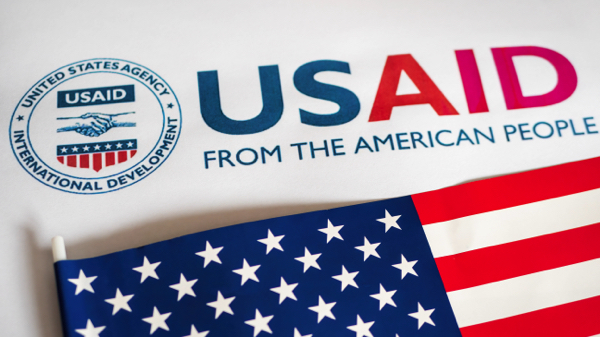 Parler
Parler Gab
Gab
- Trump's new tariffs have compelled China to reopen trade negotiations, addressing issues like the fentanyl crisis.
- China will reportedly propose reviving the Phase One trade deal and increasing U.S. product purchases, particularly in agriculture and energy.
- The tariffs are expected to impact China's GDP, pushing Beijing to avoid a full-scale trade war.
- Canada and Mexico have agreed to border security measures in exchange for delays on retaliatory tariffs.
- Trump's hard-line approach has shown effectiveness in achieving diplomatic and trade concessions from key nations.
Trump’s tariffs a catalyst for change
The tariffs, which also include a 25% levy on imports from Canada and Mexico, have sent shockwaves through global markets and diplomatic circles. However, the immediate and pragmatic response from China suggests that Trump's strategy is working. According to unnamed sources, China is preparing to reopen discussions on the Phase One trade deal, which it signed in early 2020 but failed to implement. This deal required China to increase its purchases of American goods and services by $200 billion over two years, a target that many trade experts deemed unrealistic from the start. China's initial proposal centers on restoring the Phase One deal and making additional commitments to buy more U.S. products, particularly in sectors like agriculture, energy, and manufacturing. However, the country's failure to meet the original targets has raised doubts about its sincerity and ability to fulfill new promises. Despite this, the Chinese government is also offering to make more investments in the U.S., particularly in emerging technologies such as electric car batteries. Additionally, Beijing has pledged to reduce the export of fentanyl precursors, a move that could have significant implications for the U.S. opioid crisis. China's willingness to negotiate is not just a response to Trump's tariffs but also a reflection of its economic vulnerabilities. The 10% tariff is expected to reduce China's GDP by 0.3 to 0.4 percentage points, which would have a significant impact for an economy already facing headwinds. Beijing views the tariffs as a form of pressure but not yet as an intolerable escalation. Chinese leaders, including President Xi Jinping, are eager to avoid a full-scale trade war and are willing to engage in talks to find a mutually acceptable solution. However, the Chinese government's response has been muted, with the Commerce Ministry expressing "strong dissatisfaction" and vowing "corresponding countermeasures." Despite this, China has shown a willingness to discuss a range of issues, including the future of TikTok and the control of the app's algorithm. Beijing's approach is to treat these matters as commercial issues, allowing investors in TikTok's parent company, ByteDance, to negotiate directly with American bidders. This strategy is designed to demonstrate flexibility while maintaining control over sensitive technologies.Trump’s success in border security and trade
Trump's tariff threats have also yielded positive results with Canada and Mexico. After a "good phone call" with President Justin Trudeau, Canada has agreed to a 30-day pause on retaliatory tariffs. Similarly, Mexico's President Claudia Sheinbaum has pledged to deploy 10,000 troops to the border to combat drug smuggling and illegal immigration, in exchange for a one-month delay on the 25% tariffs. These developments highlight the effectiveness of Trump's leverage and his ability to achieve concrete outcomes through tough negotiation tactics. President Trump's tariff threats have successfully brought China to the negotiating table, forcing the country to address critical issues such as trade imbalances and the fentanyl crisis. While China's initial offers are being met with skepticism, the willingness to engage in talks is a positive step. Sources for this article include: ZeroHedge.com WSJ.com NYPost.comSeven Illinois counties edge closer to secession as failed state fractures apart
By Lance D Johnson // Share
US spy plane conducts strategic operations along border as drug cartels look for war
By Lance D Johnson // Share
Trump signs executive order prohibiting transgender women and girls from competing in female sports
By Laura Harris // Share
Government funding scandal rocks media: “Absolutely shocking” revelations unveiled
By Willow Tohi // Share
Governments continue to obscure COVID-19 vaccine data amid rising concerns over excess deaths
By patricklewis // Share
Tech giant Microsoft backs EXTINCTION with its support of carbon capture programs
By ramontomeydw // Share
Germany to resume arms exports to Israel despite repeated ceasefire violations
By isabelle // Share










